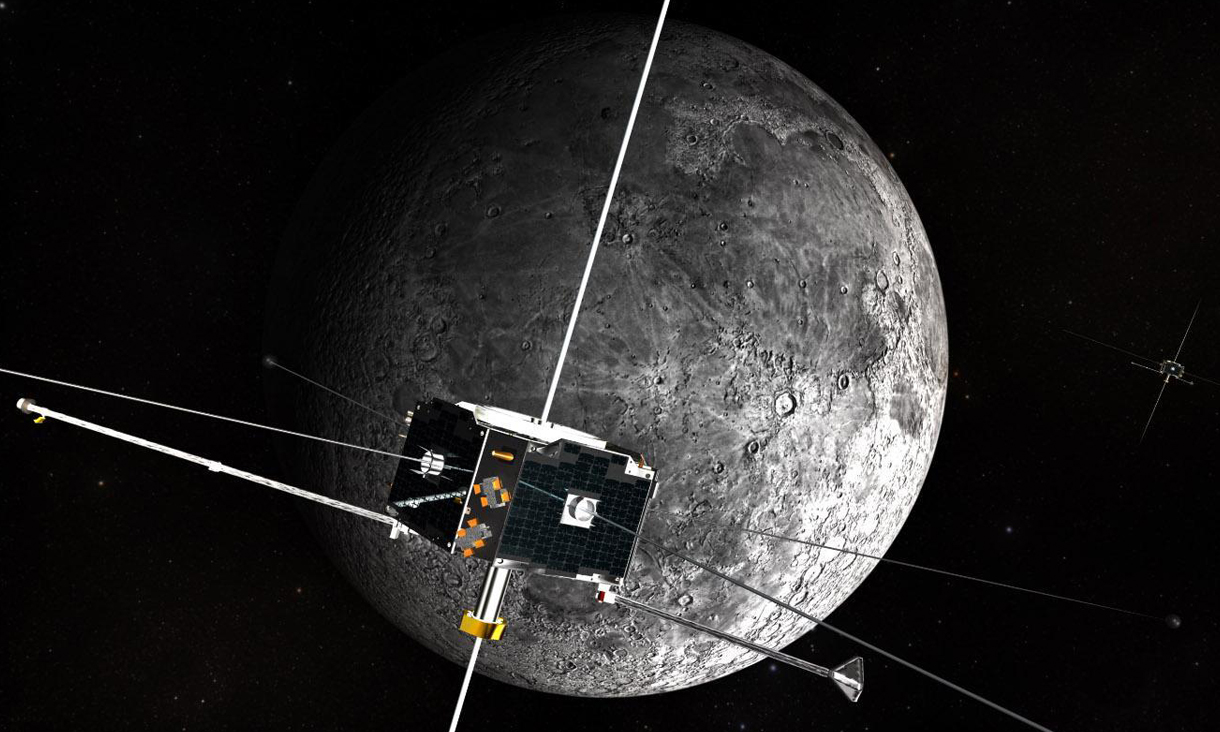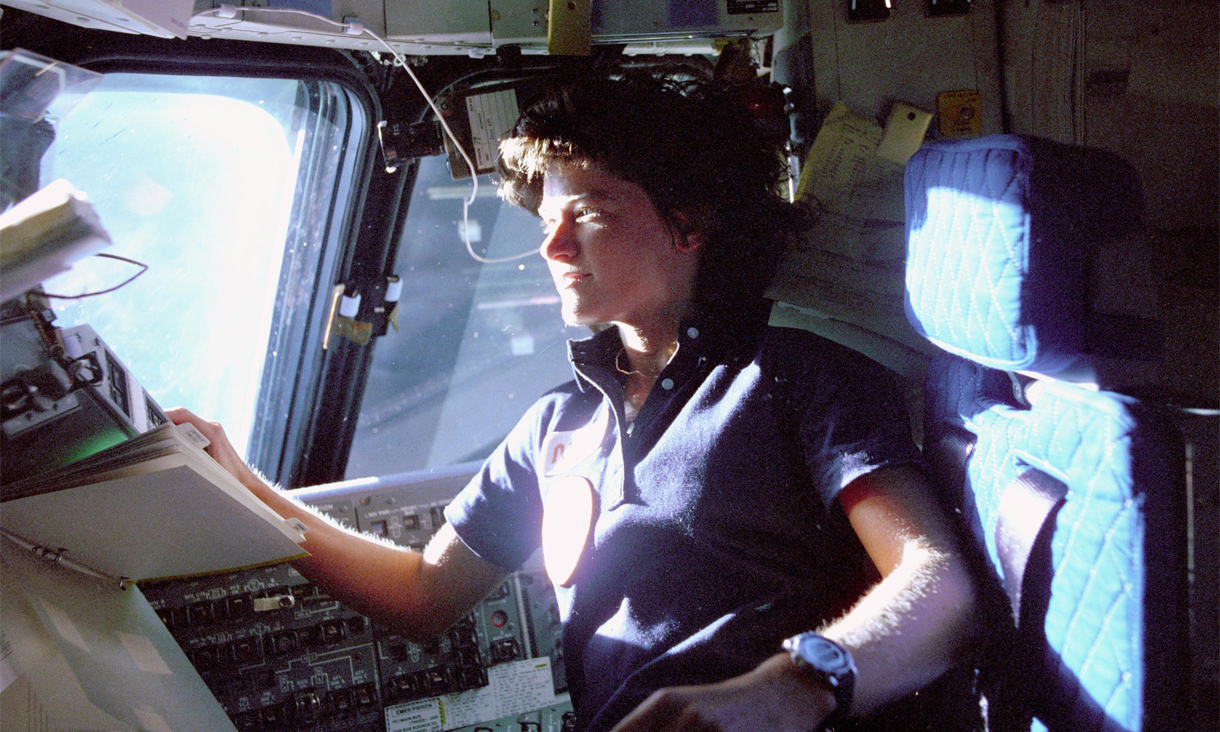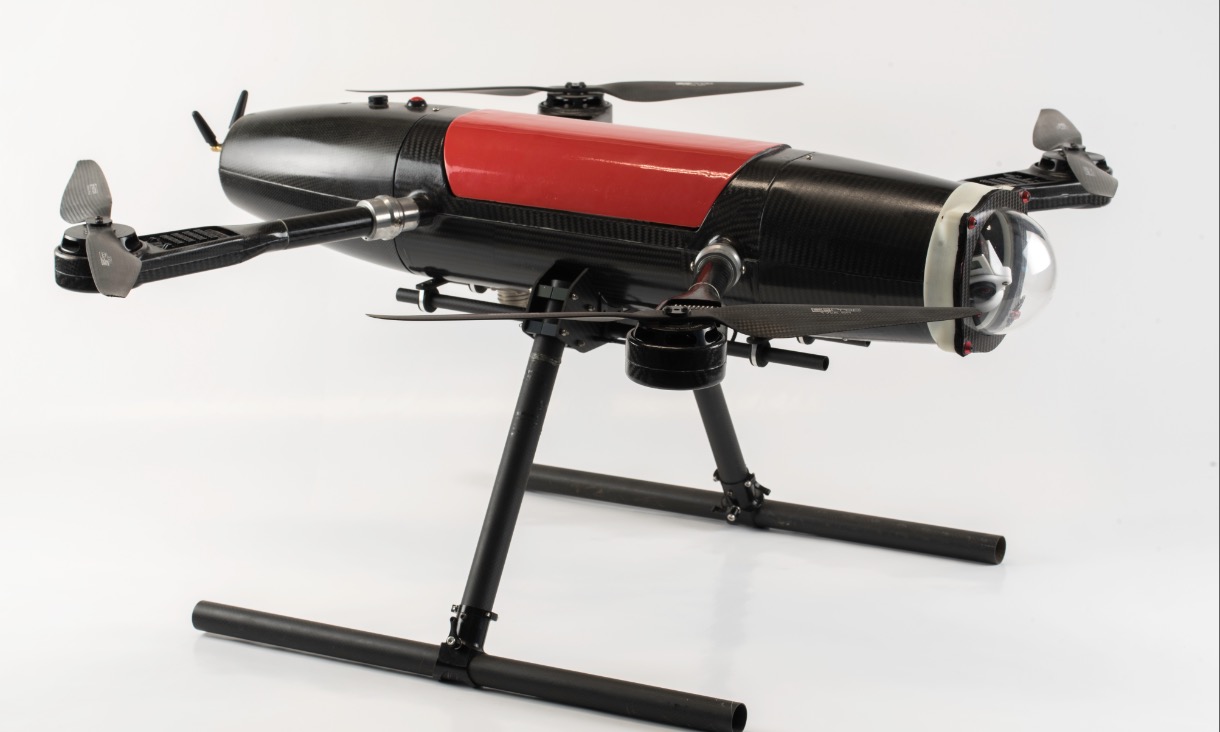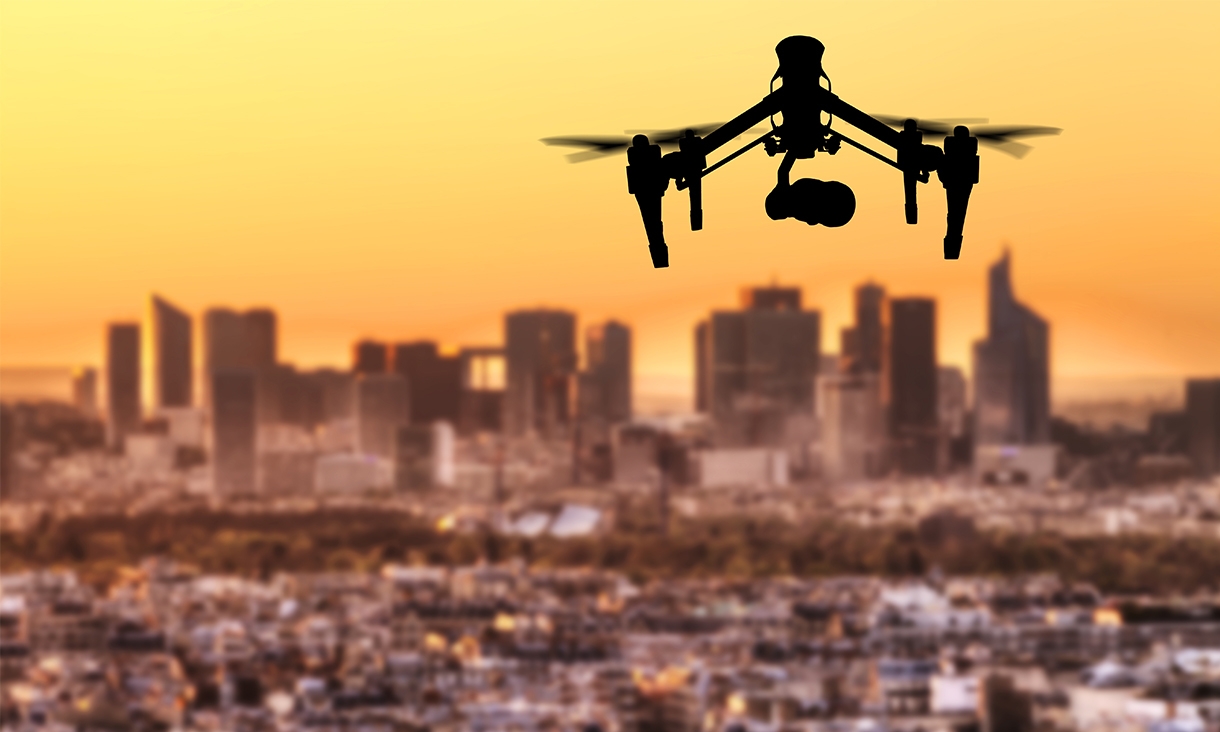Bachelor of Space Science program coordinator Dr Gail Iles said female astronauts were actually far more efficient than their male counterparts.
“They need less calories per day and less food than men, reducing total mass of cargo needing to be launched into space,” Iles said.
Houston, we have a bushfire
Australia’s recently-announced space agency could offer the possibility to engage in many new space projects that could be of direct pragmatic benefit to Australians.
Senior lecturer in Aerospace Engineering and Aviation Dr Graham Dorrington said placing a constellation of small satellites carrying thermal sensors in low Earth orbit would provide early warning about bushfires.
“This could help firefighting agencies make better-informed decisions as well as helping people living in the urban-bush fringe zones to decide when to safely evacuate their homes when necessary,” Dorrington said
“Space launch is a difficult and competitive global market, but with clever new thinking, Australia could also offer unique capabilities to permit market access.”
Space tech in real life
Many people use Google Maps every day, but few people know the application uses GPS satellites in space.
Director of the Satellite Positioning for Atmosphere, Climate and Environment Research Centre Associate Professor Suelynn Choy said current GPS technology was good enough for everyday purposes, but there was room for improvement.
“It is not sufficiently accurate for many other applications such as autonomous cars, where an error of five metres means the difference between staying in a lane or colliding with traffic,” Choy said.
The Australian Government committed $224 million in 2018 towards developing a satellite positioning capability, bringing positioning accuracy to a centimetre level in Australia.
“People in the building and construction industry, farmers operating robotic tractors and emergency services will have free and open access to global positioning technology to centimetre rather metre level,” she said.
Story: Jasmijn van Houten




